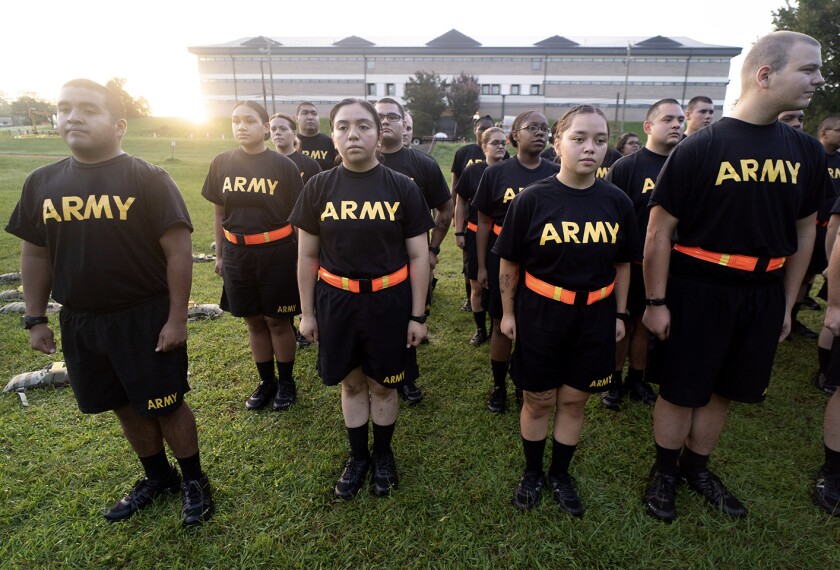At Oyster Point, in the harbor of New Haven, Connecticut, New England’s seafaring tradition is anything but history. The point is the birthplace of America’s oyster industry and home to the Sound School Regional Vocational Aquaculture Center. Aquaculture—the cultivation of aquatic organisms such as fish, clams, and oysters—is obviously the main focus, but the public high school’s curriculum touches on all things maritime. Students learn math through boat-building and navigation, music through sea-shanty-singing, literature and history through the study of nautically themed writings, and physical education by rowing traditional dories. Not that everything’s crusted with the past—the school also teaches plenty of modern chemistry, oceanography, and marine technology with state-of-the-art equipment.
Applied learning is the foundation of Sound School, says principal Steven Pynn, and its students tend to be more action-oriented and better problem-solvers than their peers. “They’re mavericks. They’re courageous. They had to make an active choice to leave their friends and embark on a journey on their own,” he says. The 25-year-old, 320-student campus draws its students from 19 surrounding districts, including urban New Haven, so very few students arrive at Sound School knowing any of their classmates.
The school’s dual role as regional vocational-ed center and college-prep high school means that students’ lives take a variety of trajectories after graduation. About 80 percent of graduates go on to higher education, while 20 percent enter marine trades or other vocations. A core element of Sound School’s educational program is the Supervised Occupational Experience—a 200-hour-per-year career-experience plan all students must design and complete under an adviser’s guidance. SOE locations can range from National Marine Fisheries Service laboratories to agricultural settings to elementary schools, depending on students’ interests and objectives. “We have a 98 percent attendance rate at Sound School,” Pynn says. “It’s learning with meaning. That’s central to every aspect of the school.”




